Ankh: Gods of Egypt is one of the most hotly anticipated games of 2021, it being the third in a quasi-trilogy of area-control games designed by the prolific Eric Lang. We at Meeple Mountain are big fans of Blood Rage and Rising Sun. One question bound to be asked: “How does Ankh stand up to its predecessors?” Read on to get our first impressions after an initial play.
Obligatory caveat: I have played Ankh a grand total of one time, so this will not be a review so much as a first take. I won’t be discussing how to play, only my initial thoughts after playing it one time. I’m also not comfortable calling this a review for reasons I will explain later.
My initial thoughts
The most important observation: I need to play it again. There is a lot to unpack, and while I know how to play, I’m not sure yet that I know how I should play.
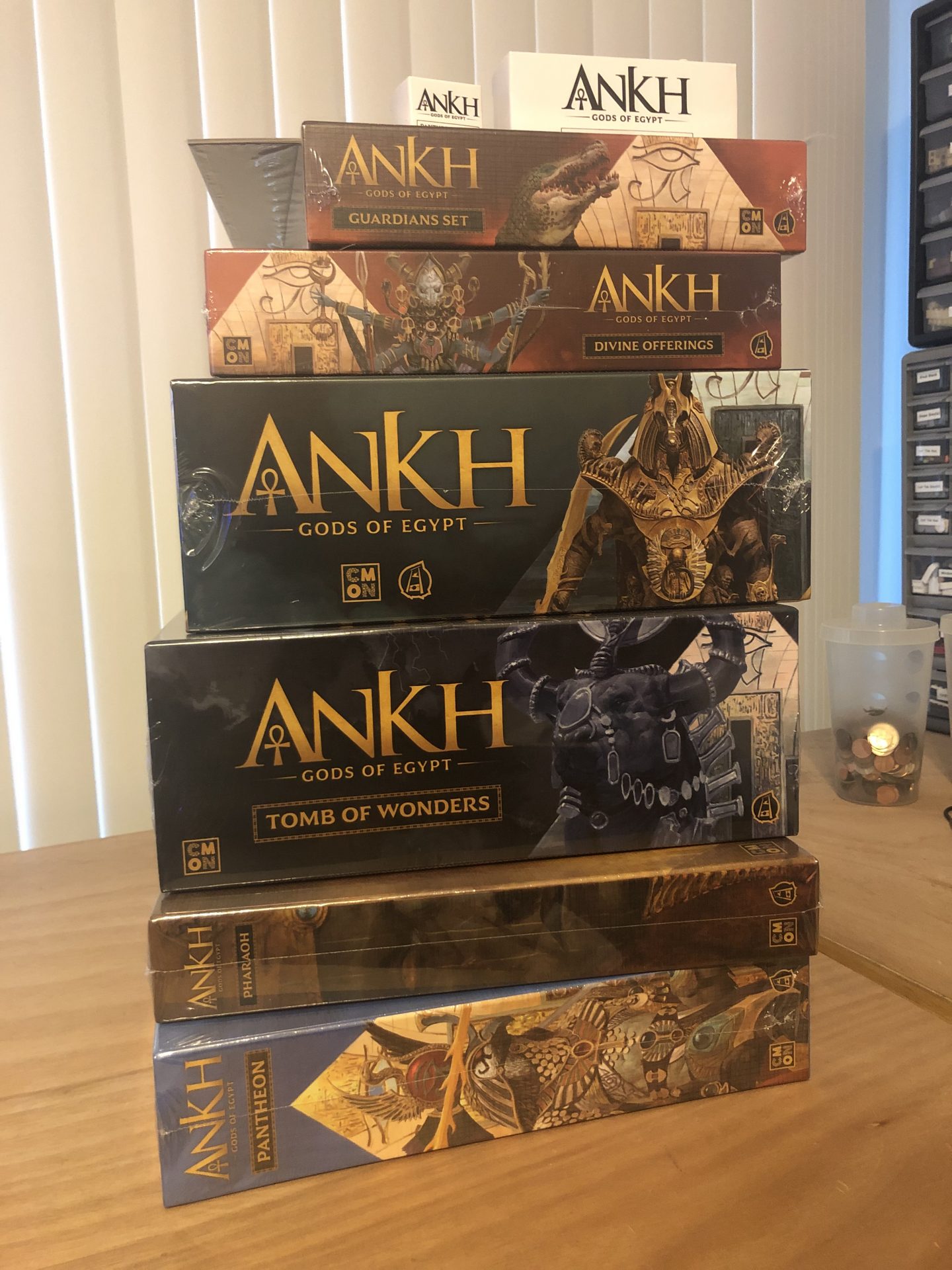
It had a surprising lack of randomness for what it is. If primarily euro-centric games can get beyond the kneejerk adverse reaction to plastic and theme, I think it has a lot to offer.
The only hidden information in the game is in the “simultaneous reveal a card” conflict resolution. The only source of chaos you’re combating are your opponents. Even then, you all have the same deck of cards, and played cards stay face up on the board. Similar to games like Concordia or Century: Spice Road, you don’t get your played cards back until you play the “call them all back” card. I love this recall mechanic. It creates some delightfully difficult decisions when choosing conflict cards, trying to anticipate and counter your opponents.. (Any time where you have to “Princess Bride” your opponents is a good time.)
You can definitely see its design pedigree, taking elements not only from previous Eric Lang games like Blood Rage and Rising Sun, but also games like Kemet and Knizia’s classic Amun-Re. (The fact that those are also Egyptian-themed is an amusing coincidence.)
It doesn’t feel nearly as tight as Rising Sun. In Rising Sun, the number of actions per game are so limited that if you totally botch one turn, you’re pretty much out of the running. Ankh felt a little more forgiving.
Similar to Kemet (and unlike most area control games), there doesn’t seem to be any advantage to “turtling.” The map is relatively small and enemy troops don’t block movement. It will likely benefit you more if you spread out to have a presence in as many areas as you can, rather than holing up in your own corner of the world.
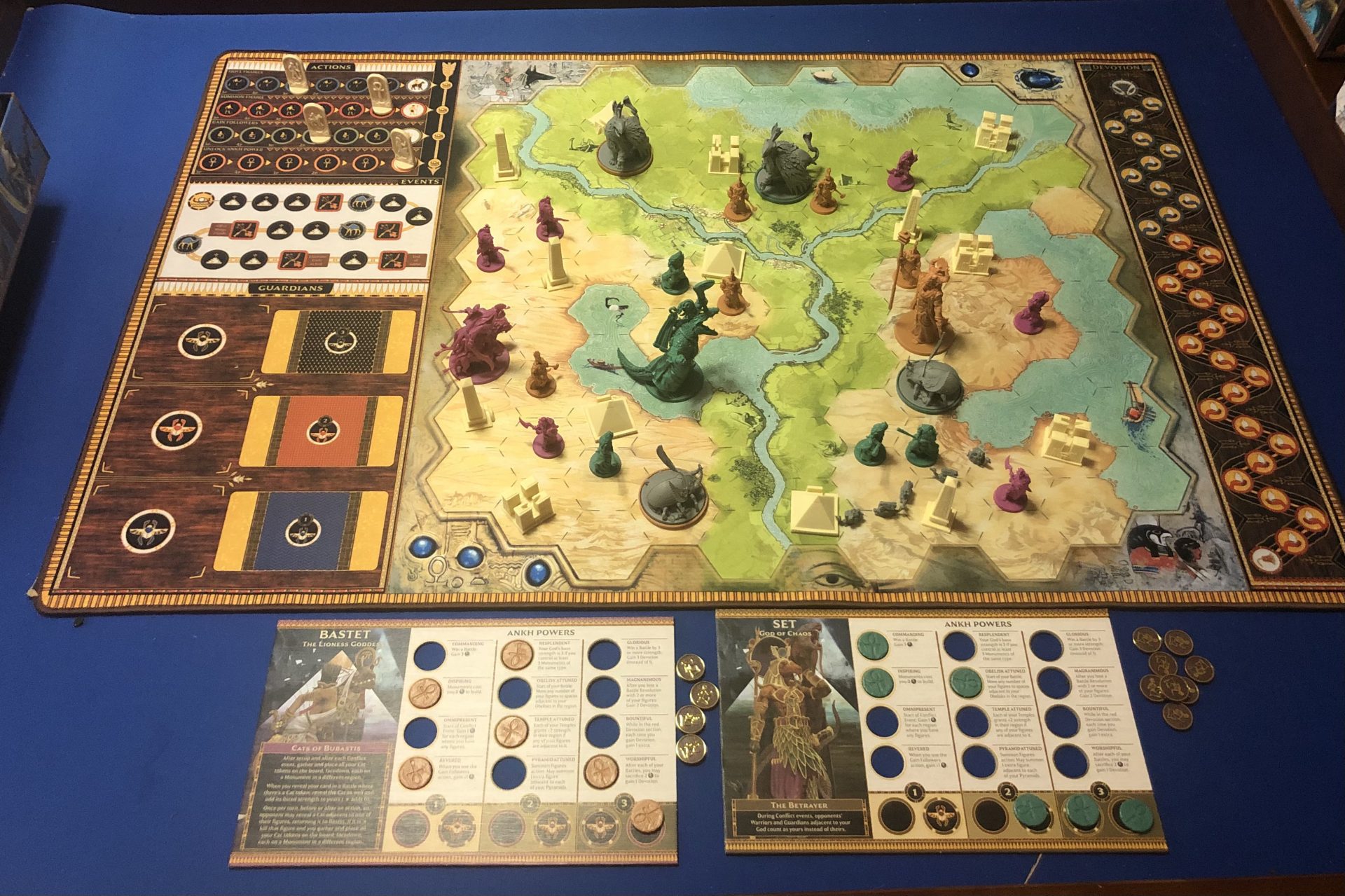
Some player powers are inherently cooler than others. I can’t and won’t speak to possible competitive advantage because there’s still so much for me to explore.
There are definitely some “broken” combos to find and exploit, but similarly to Blood Rage, I can already start to see ways to counter those with opposing “broken combos.” In true “The Incredibles” form, it has the “if everyone is special, then nobody is” vibe.
Around the midpoint of the game, the two players in last place merge. This is a fascinating design choice that I don’t believe I’ve seen before. I think because of the way our game played out, it wasn’t as much of a catch-up mechanic as it could have been, but it definitely changed the game state considerably, making everyone rethink their strategy.
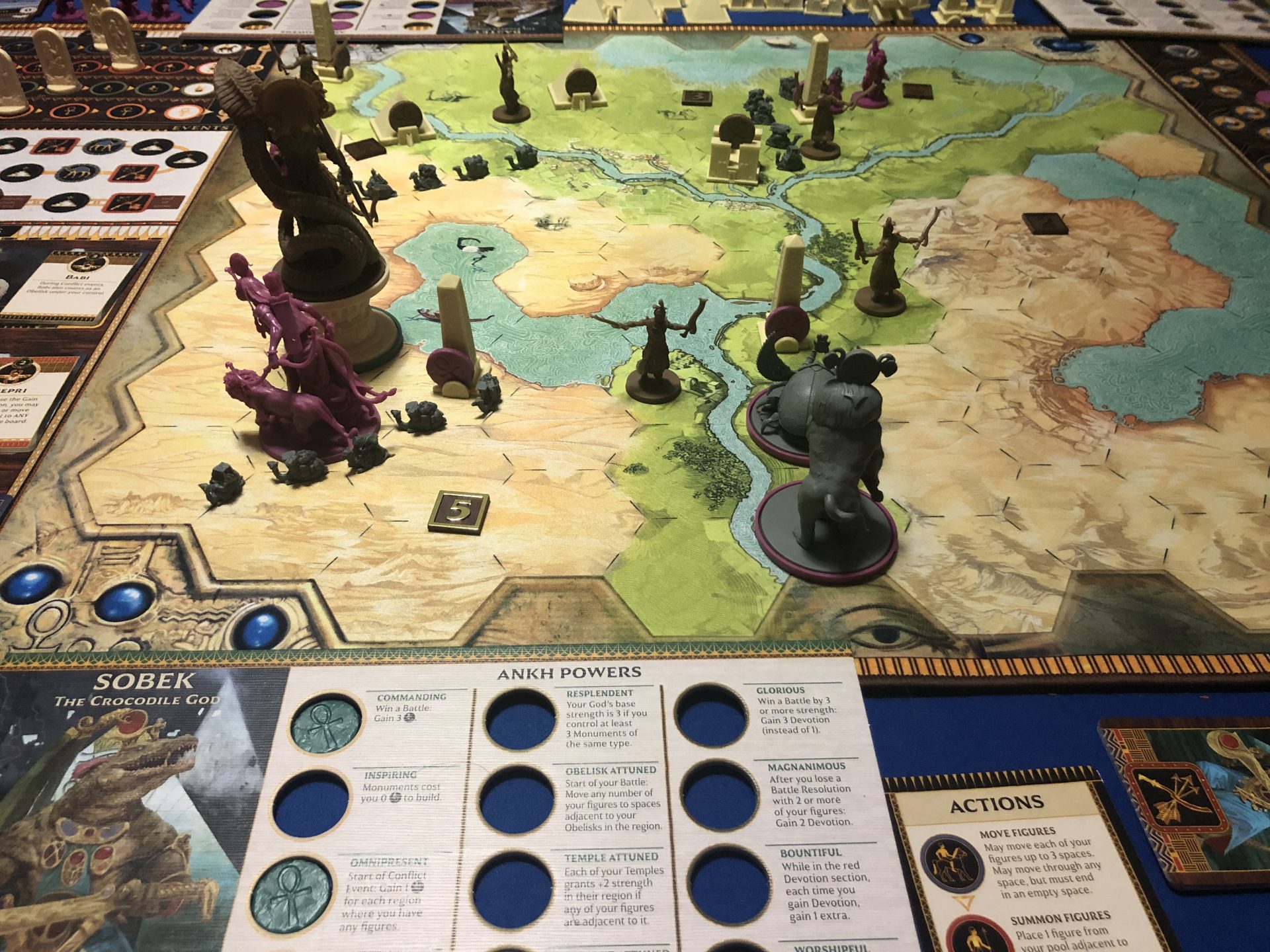
I love the “playing chicken” element of the action selection. Trying to time your actions with the benefits of being the one to trigger events is fantastically frustrating.
Final First Thoughts:
I enjoyed my play of Ankh. In terms of Eric Lang-designed “figures on a map” games, it didn’t immediately grab me like my initial plays of Blood Rage or The Godfather: Corleone’s Empire, nor did it leave a slightly bad aftertaste like Rising Sun did for me. I definitely need to play Ankh more to give any semblance of a review. I suppose it’s a good sign that I want to.




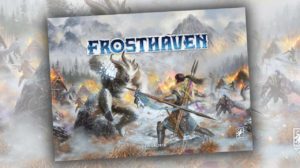

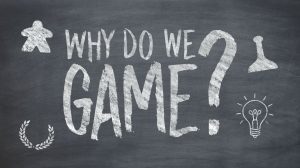
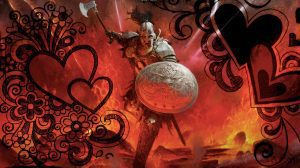




Add Comment